
Fax: (860) 430-9693
Glastonbury, CT 06033

Prolozone is a type of regenerative medicine and a slight variant of prolotherapy. With prolotherapy, a small amount of Novocain is injected into injured tissue, and this is mixed with dextrose (sugar), which slightly irritates it. This causes the body to focus its healing abilities right where a patient needs them. With Prolozone therapy in Glastonbury, CT, ozone and vitamin B are added to the mixture, which gives the cells extra nutrition so they can perform their functions (i.e. heal) even faster.

In a nutshell, ozone helps stimulate the body’s natural healing and repair mechanisms and helps enhance and balance the body’s natural anti-aging and disease-fighting processes. When you boil it down, ozone therapy is best described as a low potency homeopathic treatment that stimulates and stabilizes biological functions. Thousands of scientific articles have been published on both the safety and clinical usefulness of ozone.
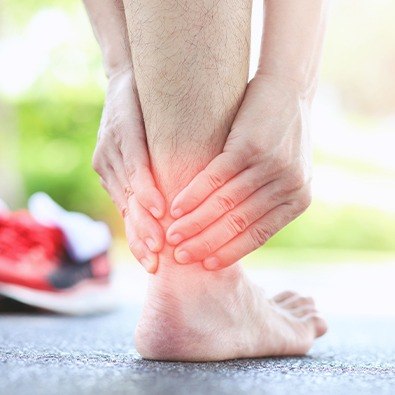
Prolozone works on just about any pain problem you might have, including:
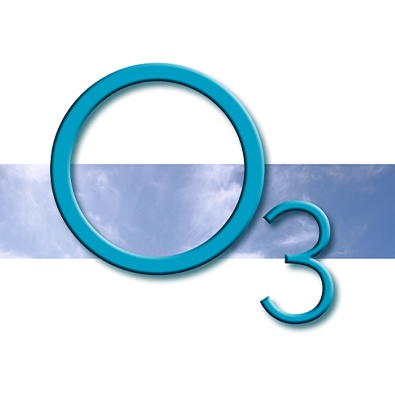
Ozone is a naturally occurring compound made up of three oxygen atoms, commonly notated as O3. (This compares to the vastly more common form of oxygen, O2.) The majority of natural ozone is both made and found in the earth’s atmosphere. It has a distinctively pungent smell, most noted after a thunderstorm or when a copy machine makes a copy.
Ozone is made when an electrical current, such as lightning, passes through oxygen, O2. The electrical charge breaks apart the two oxygen atoms. Most of the oxygen atoms immediately reunite to reform O2. But a very small percentage of the single oxygen molecules combine to form a trio, O3. The ozone molecule is highly unstable and breaks down quickly to O2. But it is precisely this instability that makes ozone so powerful from a healing perspective
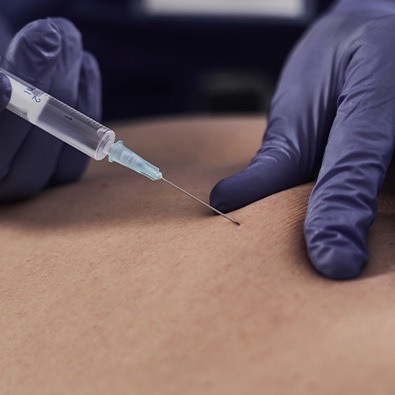
First, medical ozone is created right in our office from pure medical grade oxygen using a special ozone generator. Standard room air cannot be used. This is because room air is 80% nitrogen, and when exposed to an electrical charge it converts to nitrous oxide and nitric oxide, both of which are potentially toxic.
Even then, pure ozone is never created. This is because of the inherent instability of ozone. So the “ozone” gas that is used medically is actually only 2% ozone and 98% oxygen. But that small amount of ozone is enough to have profound medical benefits.
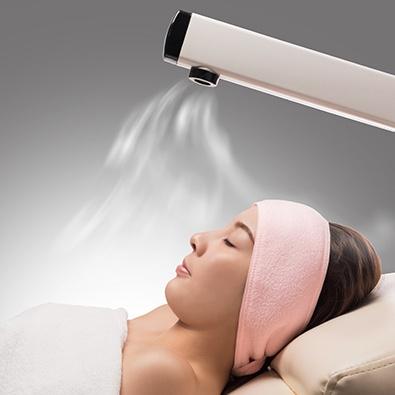
First, a small injection of a mixture of dextrose, vitamins, and other healing agents is given to help enhance the healing environment. This is followed immediately by the ozone injection. (The term Prolozone® was coined by Frank Shallenberger, MD to describe his unique procedure of giving ozone in combination with specific vitamins and homeopathic substances by injection into joints and soft tissues.)
In addition, ozone treatment is often combined with other adjunctive treatments, including hormone optimization, weight loss and correcting nutritional deficiencies, stress management, and addressing biomechanical problems with the use of orthotics or braces.
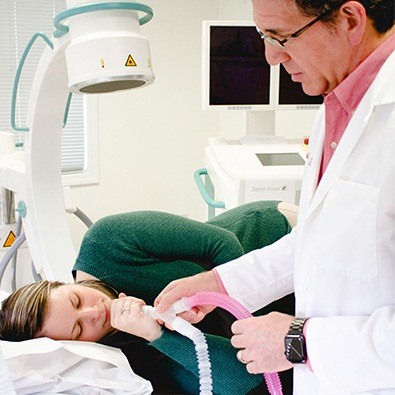
In order to understand how ozone works, we first need to understand what goes wrong in the body that leads to poor healing, degeneration, and disease.
Underlying most, if not all degeneration, poor healing, and disease is altered oxygen utilization in the body. Oxygen is essential for life. (Compare not eating or drinking for 10 minutes vs. not breathing for 10 minutes!) But the body needs to be able to use oxygen efficiently in order to work effectively. The amount of air we breathe is less important than our ability to use that oxygen. “Oxygen utilization” refers to the efficiency with which the cells can convert the energy in an oxygen molecule to energy that the body can use for physiological activity. When oxygen utilization deteriorates, ALL body functions deteriorate, harmful free radicals accumulate, and the body’s anti-oxidant buffering capacity diminishes.
To the surprise of many, it’s not the ozone itself that exerts the healing effect. Upon injection or administration, the ozone is immediately taken up by the tissue. The ozone then binds with amino acids and lipids to form compounds called “ozonides.” It is these ozonides that increase tissue oxygen utilization and also help increase the synthesis of the body’s anti-oxidant buffering enzymes.
In other words, ozone therapy helps treat the root cause of injury and disease biochemically, not just treat the symptoms.
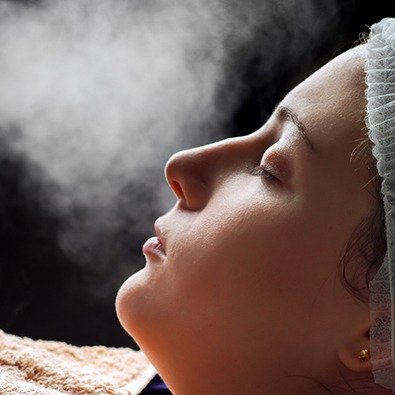
Almost invariably, the first reaction of most people when introduced to ozone therapy is, “That’s a toxin! Why do you want to give it?”
Ozone is demonized as contributing to a host of bad things, including lung disease, believed (incorrectly) to be a major component of smog pollution, and thought to contribute to environmental damage. How can it possibly be helpful for the body?
Reality is far from perception, however!
While ozone IS a component of air pollution, it is actually avery small part. (Remember that ozone is naturally occurring substance.) By far the biggest pollution offenders are harmful hydrocarbons, peroxidized hydrocarbons, and nitrates. But ozone suffers guilt by association because, of all these nasty chemicals, it’s not that ozone is the most noxious or irritating factor, but simply because it’s the easiest and cheapest to measure – that’s it!
As mentioned at the very beginning, ozone therapy is incredibly safe. There have been NO documented deaths or serious adverse outcomes from ozone properly given by injection, inhalation, rectally, or topically. Compare ozone therapy to many conventional medical treatments. Ozone therapy:
Many mainstream medical treatments, on the other hand, have LOTS of potential side effects, work marginally or only for a small percentage of patients, and can be VERY expensive, especially if you have to be on certain medications for many years.
For example, consider the use of NSAIDS (non-steroidal anti-inflammatory drugs) such as ibuprofen (Advil® and Motrin®), naproxen sodium (Aleve®), Mobic®, and diclofenac (Voltaren®). In one study 80% of all ulcer-related deaths in the U.S. occurred in patients who were using an NSAID. At any given time, a patient on NSAID therapy has a 5- to 10-times greater risk than non-users of developing a gastric ulcer. One large epidemiological study estimated that the death rate for NSAID-associated gastrointestinal problems was 0.04% per year among patients taking NSAIDs specifically for osteoarthritis and related conditions. This extrapolates to 3,200 deaths in the U.S. per year for patients with osteoarthritis alone.
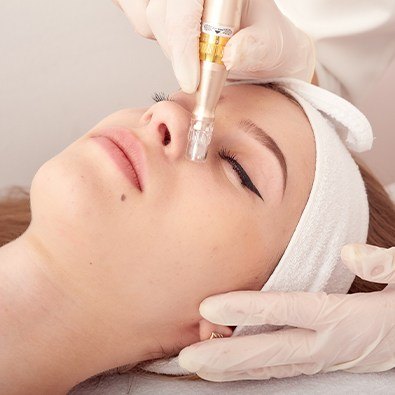
Great question. But let’s flip it around – If a mainstream medical treatment has lots of side effects while treating only symptoms and not the cause of the problem, why is anyone using it?
The simple answer is: Follow the money!
Any effective alternative therapy would be mainstream – if it was highly profitable. Now don’t get us wrong – we are not going to demonize the pharmaceutical industry. Many people owe their very lives to some of the tremendous advances made by the pharmaceutical industry. But they ARE for-profit corporations. And it’s not so much physicians who determine what’s mainstream as it is the medical-industrial complex.
Also, consider that a large portion of the FDA’s total funding comes from the pharmaceutical industry. Several years ago, the FDA was seeking an additional $821 million in funding. Of that amount, 94 percent, or $770 million, would come from user fees paid by the drug industry. While some of the FDA is funded by taxpayers, most of their budget comes from such user fees, which are paid by the drug companies to hasten the review and approval of their products.
Furthermore, according to an article written by Donald W. Light of the School of Public Health, University of Medicine & Dentistry of NJ, 90% of the new drugs approved by the FDA in the last 30 years are no more effective than existing (and far cheaper) drugs. But generic drugs don’t generate profits.
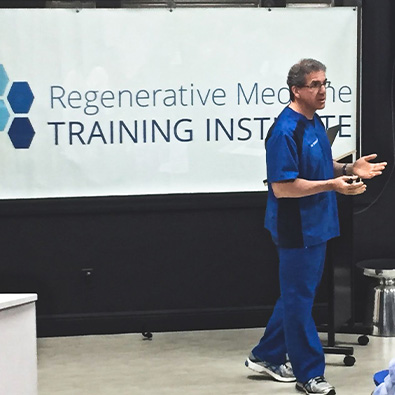
(To be fair, in our opinion, a lot of this has to do with our training as physicians. Medical students, interns, and residents are strongly discouraged from “thinking outside the box,” and sometimes they are even punished or ostracized for doing so. Most physicians do what they do simply because that’s how they were trained, and they fear veering outside the lines of what their colleagues are similarly doing. Most physicians basically take the path of least resistance in this context.)
Bottom line: Is it any wonder that effective and safe alternative therapies fail to be taught in medical schools and residencies?
To learn more about stem cells and stem cell treatments, click HERE for a free Regenerative Medicine e-book.
(NOTE: All of our Stem Cell treatments are performed by our affiliate, the New England Stem Cell Institute.)
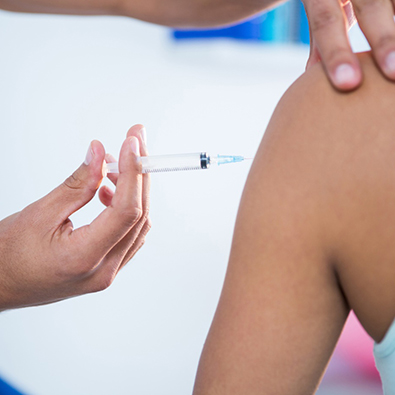
Dr. Tortland and our team are eager to assist you in your quest to heal your body and find long-lasting pain relief. If you are ready to consult with us about Prolozone, we are ready to welcome you into our office. However, we understand if you want more information before you commit to anything. To help you out, we have compiled the following list of FAQs about Prolozone, along with easy-to-understand answers. If you don’t see the answers to your specific questions, give us a call.
In most cases, the Prolozone process includes the use of a local anesthetic to minimize the discomfort associated with the injections. In fact, the anesthetic could lead to immediate pain relief. Once it wears off, though, you may experience a temporary increase in pain at the injection site. This is normal. In fact, it can be a sign that the treatment is doing its job!
If you experience any severe or prolonged pain, or any other unusual symptoms, after your Prolozone treatment, contact our team immediately. We will guide you on your next steps.
Some forms of regenerative medicine, including Prolozone, are not typically covered by medical insurance. (Of course, it is still worth checking to see if your policy is one of the exceptions.) Often, this lack of coverage boils down to the simple fact that insurance companies are a bit behind the times when it comes to embracing treatments that are not yet mainstream.
Here at Valley Sports Physicians & Orthopedic Medicine, we strive to always charge fair prices for the services we offer. Please talk to us about our payment policies so the financial aspect of your care can be as stress-free as possible.
Medications like ibuprofen, naproxen, and aspirin can provide some temporary pain relief, and it is understandable if you use them to manage your symptoms. However, since they act as anti-inflammatories, they can interfere with the effectiveness of Prolozone treatment (which depends, in part, on sparking an inflammatory response in the body).
We typically recommend that patients stop taking NSAIDs 3 – 4 days before their Prolozone injections and continue to abstain from them for 3 – 4 days following their appointment.
The number of treatments needed varies from patient to patient. It depends on things like the severity of the damage to your tissues and your body’s natural response to the Prolozone injections. In many cases, we recommend that patients visit us 3 – 8 times for Prolozone injections. These appointments are usually spaced 2 – 6 weeks apart.
Sticking to a nutritious diet and engaging in certain exercises may complement your Prolozone therapy and help you experience optimum pain relief as soon as possible.